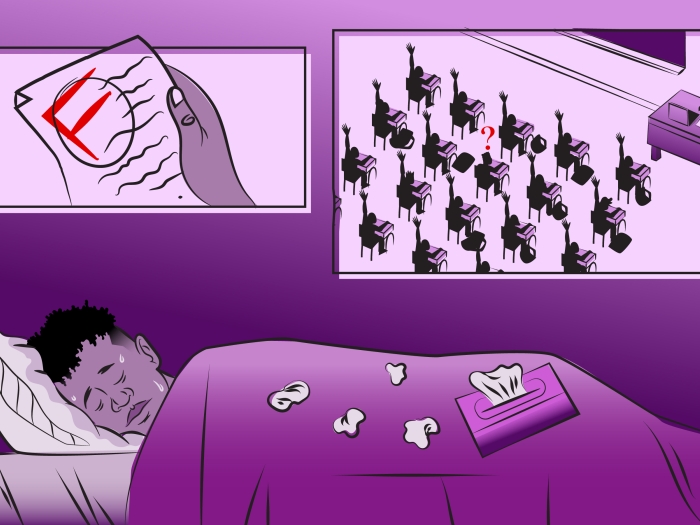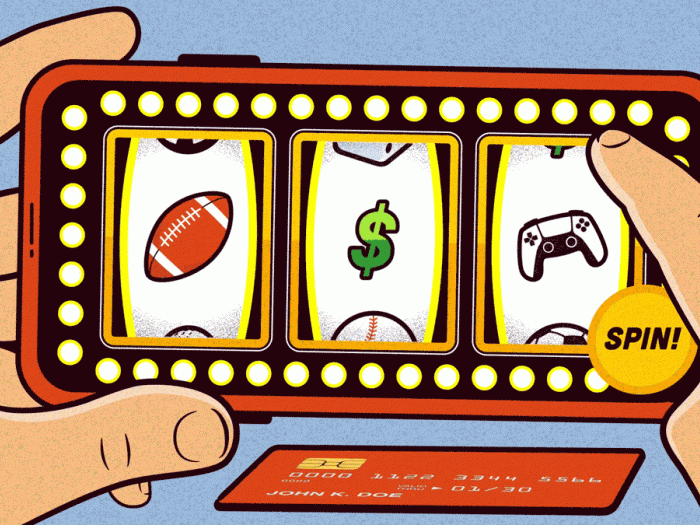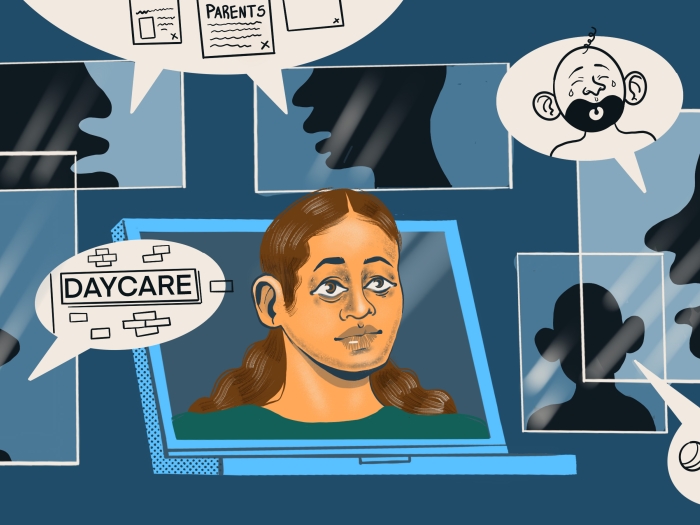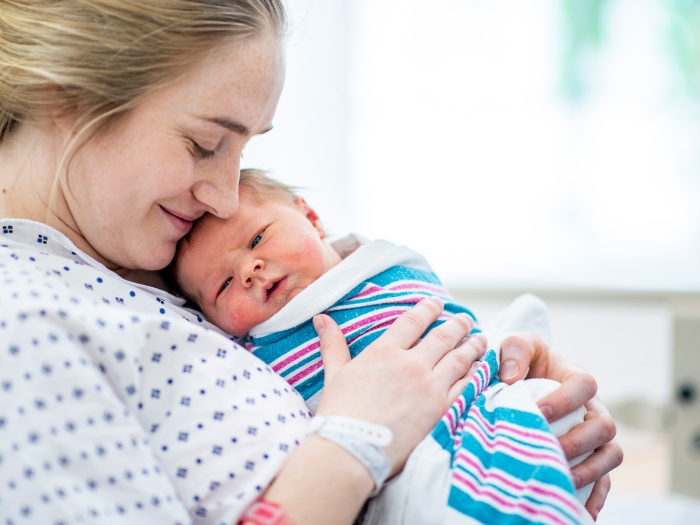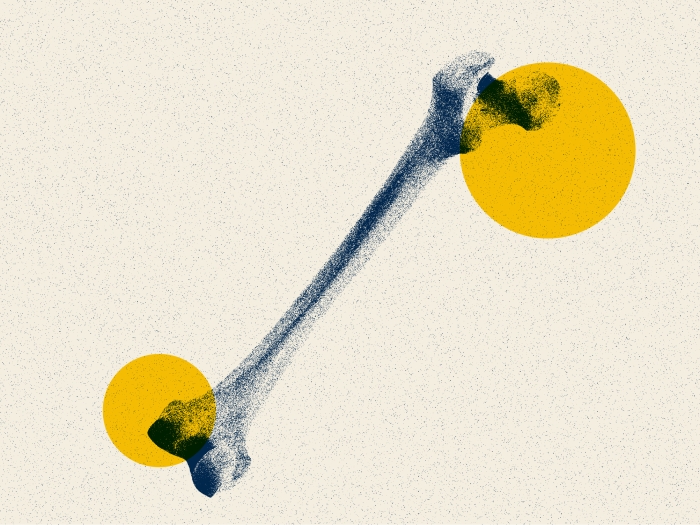Crying can be the precursor to sound sleep. Here’s when it’s permissible to let the tears fall — and when to intervene
11:00 AM
Author |
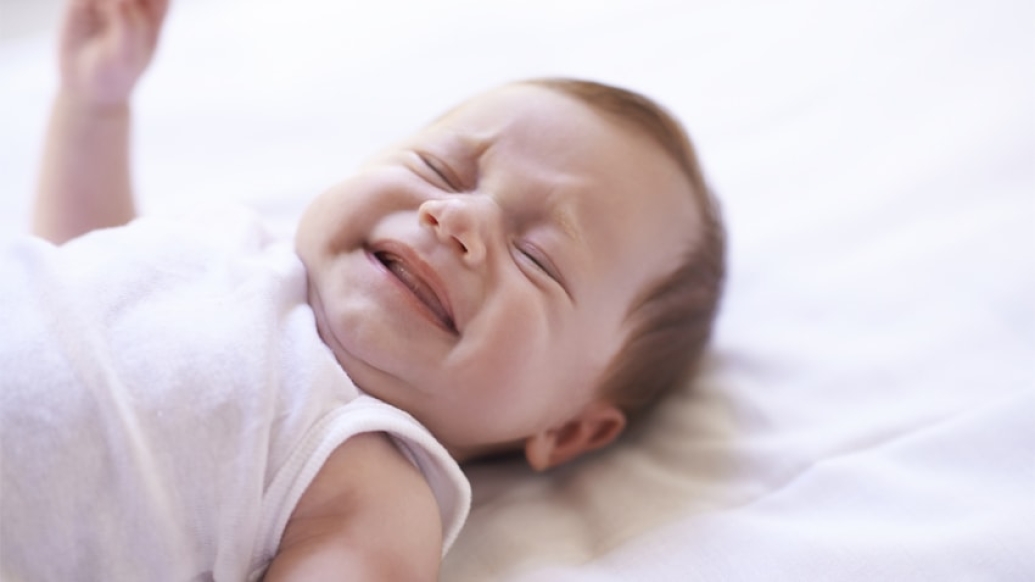
This article was updated on August 2, 2023.
Letting babies cry themselves to sleep has been viewed as cruel or even dangerous by some parents due to fears that such nighttime turmoil could raise an infant's stress levels and provoke future behavioral problems.
But moms and dads needn't lose sleep with worry, according to research.
A survey of 43 babies in Australia found that those who soothed themselves to slumber saw no greater signs of attachment or emotional issues one year later when parental surveys were completed.
And their levels of cortisol, a stress hormone, were lower than measurements taken in babies from the study's control group (whose caretakers were given informational literature, but no actual directive), according to the study published in Pediatrics in 2016.
Perhaps more encouraging, the babies left to cope via a method known as graduated extinction — also known as the cry-it-out approach — fell asleep 15 minutes earlier. That benchmark came three months into the study, but better sleep often occurred within the first week.
It's why Heba Abu-Isa, M.D., supports the concept. About half of the parents she sees, she adds, use it.
"Most babies have to learn how to help themselves fall asleep," said Abu-Isa, a pediatrician at University of Michigan Health C.S. Mott Children's Hospital — and a mother of three who has used the method in her own home. "You're going to have a happier baby if they're well-rested. It benefits them indefinitely in the long run."
You might have a couple of rough nights, but once it's mastered, it's typically mastered.Heba Abu-Isa, M.D.
Varying methods to success
Two different sleep training methods were employed in the Pediatrics study.
One-third of the group tried graduated extinction, which involves parents delaying response to a baby's cries for longer and longer stints before going in to comfort them.
Another third used bedtime fading — with the concept, in a nutshell, designed to postpone bedtime based on a baby's level of sleepiness.
Bedtime fading, the researchers found, was nearly as effective as graduated extinction. Those babies fell asleep 12 minutes faster than the control group.
But that option, says Abu-Isa, is counterintuitive to what she recommends to parents based on her own children's experience ("They're more tired if I keep them up; they're just going to fight more or wake up sooner.")
Although Abu-Isa questions the study's small sample size, she agrees with the overall conclusion: Crying doesn't pose a danger.
Making it work (for parent and baby)
What may seem like a simple concept can still be challenging.
After all, the prospect of allowing a helpless baby to cry might tug at the heartstrings of some parents.
Parents who find the practice unnerving could set a timer for a stint before going back in. They also can use their intuition to intervene due to signs of sickness or discomfort.
Graduated extinction, if needed, could begin around when a baby reaches six months of age, Abu-Isa says. It shouldn't be tried earlier than four months old.
Ensuring successful sleep
Talks with the family pediatrician about good sleep habits, however, should start shortly after birth.
For starters, Abu-Isa urges parents not to allow babies to fall asleep while feeding (breast or bottle) or when being held. Babies should be put down while "drowsy, but awake" to encourage independent rest; a parent could sing to or stroke the head of a baby to calm them.
Despite the supposed disproving of any risks tied to graduated extinction, the method isn't the only means of achieving infant sleep.
But consistency is key.
"Doing it for a day and skipping it next week isn't going to help," Abu-Isa said. "You might have a couple of rough nights, but once it's mastered, it's typically mastered."

Explore a variety of healthcare news & stories by visiting the Health Lab home page for more articles.

Department of Communication at Michigan Medicine
Want top health & research news weekly? Sign up for Health Lab’s newsletters today!
